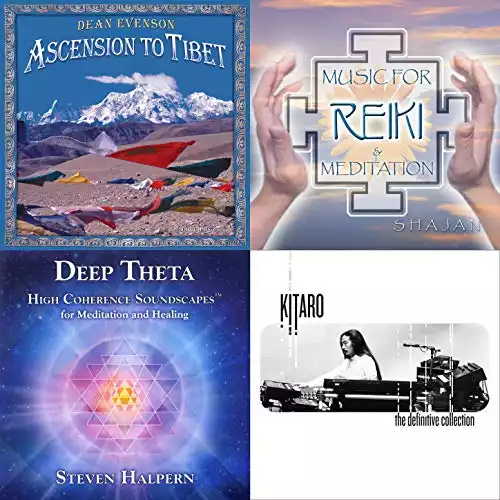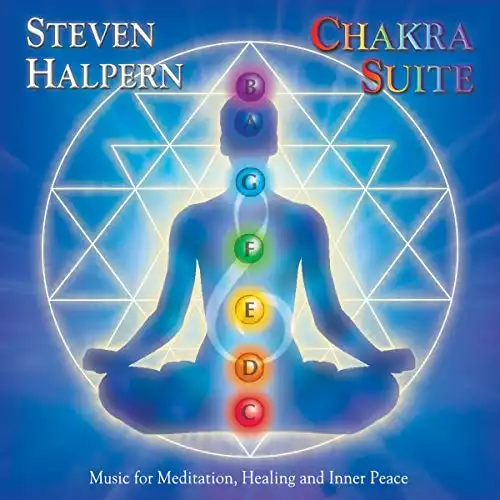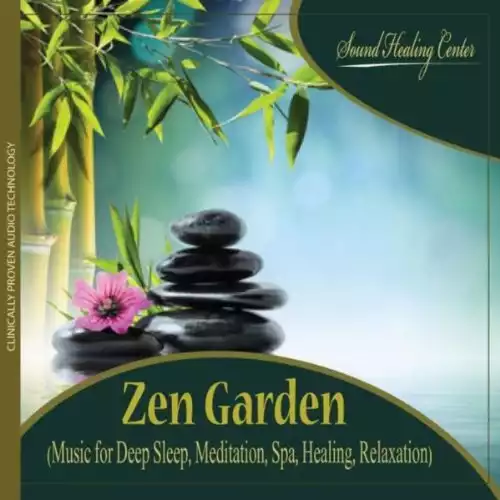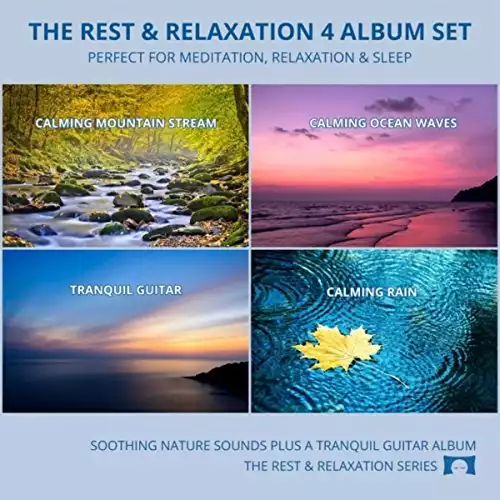Life can be stressful. I enjoy my time exercising as a way to leave the worries behind and focus on something else for a while. At times I have been able to take it a step further and meditate while exercising.
To meditate while exercising, you’ll need to be able to let go of distractions in your environment and in your mind. Focusing on your breath and on nature are two ways to help your mind find a relaxed state. Listen to meditative music or use earphones with no music. Let go and go walk, run, or stay where you are.
I notice that when I get into a rhythm with my exercise, I am better able to let go of distractions. Listening to meditative music really helps me get into a calmer state of mind. Just taking a few moments to breathe
1. What is meditation?

Meditation is a state of being more aware, of what’s happening in your body, mind, and environment; and letting go of thoughts and feelings to help your mind find a state of calm or clarity.
While you’re more aware of what’s happening, you’re not focused on these things; you notice and let go. Your focus is on the present and giving your mind a peaceful stage to do its thing.
How to Start
You can focus on breathing in and out, and when the mind gets distracted too much by the environment or thoughts, your goal is to bring your mind back to a state of calm by letting these things pass from your mind.
As you let your mind calm, there may or may not be any immediate effects. You may start to feel feeling you didn’t realize were there, or see how very distracted (article) you are and unable to let go.
The long-term effects of meditation have shown surprising results for those who have engaged in it as a daily practice.
2. How to Meditate During Exercise?

There is no time limit to meditation. You can meditate for one minute or one hour. So you don’t need to meditate your entire exercise time. It may be best to just try and let yourself take as much or little time as needed.
You don’t need a goal as you meditate. Meditation is healthy for your brain with regular practice. It may be helpful for you if you make a clear objective for your meditation. Possibly for calming or for clarity.
Think about your exercise environment and if you’ll want a certain place or type of music to help with your meditation. I find the music really helps put me in a better place to calm my mind.
(My music recommendations are at the bottom of the article)
Begin Without Expectation and Breathe
You may find that running or walking (article) may be helpful when
I recommend starting out slowly and taking some deep breaths as you begin meditating.
This is where music comes in handy for me. I can let go of a lot of distracting thoughts and visual distractions while listening to meditative music. Sometimes I turn the music off and use my earphones to muffle surrounding sounds.
I tend to let my body become more relaxed and am more focused on breathing calmly than how fast I am running or walking.
I find that getting into the feeling of the music or a calm state helps me set the stage for meditation.
Then I just breathe and let go of any thoughts and feelings. I try to keep my mind on my running or walking and calmness.
Make a Healthy Decision
As you exercise you may find that a calm repetitive walking or running motion is helpful
If you just focused on relaxing the mind, then you can keep the idea of your mind getting calmer in the back of your mind as your intention. During your meditation you’ll not be focusing on any thoughts or feelings, just noticing them and letting them go.
Find what works for you. As you exercise, consider any outcomes desired. You might have a big decision to make or a problem that seems unsolvable. You can keep the idea of your decision or problem in the back of your mind as you exercise and let go.
So to sum up meditating while exercising, I would recommend these 7 steps.
- Don’t necessarily set a time limit.
- Decide if you need clarification or calm as you meditate.
- Relax your body and mind as you go, in a natural manner that works for you.
- Get into the mood and feeling of meditation by music or what works best for you.
- Notice your feeling and thoughts and let go of them calmly soon after they appear. Take a deep breathe when needed to help to refocus on letting go.
- Get into a rhythm as you exercise (article). The exercise is less of a focus and mindfulness and meditation are more present.
- Focus on your breathing.
3. The Benefits of Meditation

Meditation has been known to help reduce “stress, anxiety, depression, and pain, and increase peace, perception, self-concept, and well-being.” (Wikipedia)
History

Meditation has been around for thousands of years and has been practiced by many religions if not most. The ways of meditating may be slightly different, but the outcomes are similar.
Religious and secular leaders have meditated and had some form of enlightenment as a byproduct.
Several religions have started as leaders reached out with their minds for inspiration and have had received guidance. Some say that their minds have been enlightened by God and others by a change in their consciousness.
My Experience
As I’ve been practicing more meditation in my life, I’ve found I feel happier. I’ve noticed myself laughing when I normally would not. I don’t feel very different in general, but my mood
I have also noticed that I am calmer at times. Normally, I tend to get distracted easily and feel the need to do something besides just sitting calmly. Sometimes after meditating, I find I can sit longer and am more relaxed without the need to find a distraction to get my dopamine level higher.

As a teacher, I’ve been interested in helping the students that I teach feel calmer. I’ve watched several videos on how schools and teachers are using meditation to help their students focus better. Some of the results are quite extraordinary.
I was impressed with a podcast about a man with chronic pain who practiced meditation to help reduce his pain. After about a year he had significantly reduced the amount of pain his body felt.
It makes sense to me because the brain is what sends signals to the body to feel pain in the first place. So if someone can help the brain to depreciate the need for pain and send fewer signals to the affected area(s) then their pain can be reduced.
Scientific Studies
I remember watching a program that involved a study of a group of people who took a meditation class for several weeks and a certain amount of time each day, maybe 1-2 hours.
They gave each participant a brain scan before and after the study and found that meditation had structurally changed their brains. The participants also noticed benefits from their
Research is starting to show the benefits of meditation, but more research is still needed. The problem is that too many studies are not done with all the scientific rigor is needed to verify the most accurate results.
So far research (article) has shown that meditation can be helpful in the following ways.
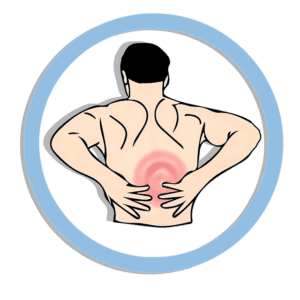
- To provide pain management. Some evidence shows that meditation helps activate brain regions, that seem to alleviate some pain.
- To reduce blood pressure. Researchers have found that meditation has some influence on lowering blood pressure.
- To help with Irritable Bowel Syndrome. It may help some people.
- To help with anxiety and depression. It helped many of the participants in the study.
- To help with sleep. Meditation seems to help most people get better sleep.
- To help stop smoking. Research seemed to indicate that meditation provided moderate to significant help with reducing smoking.
While there are different types of meditation, the end result is that meditation in most of its forms has health benefits for individuals in
4. How to Enjoy Meditation?
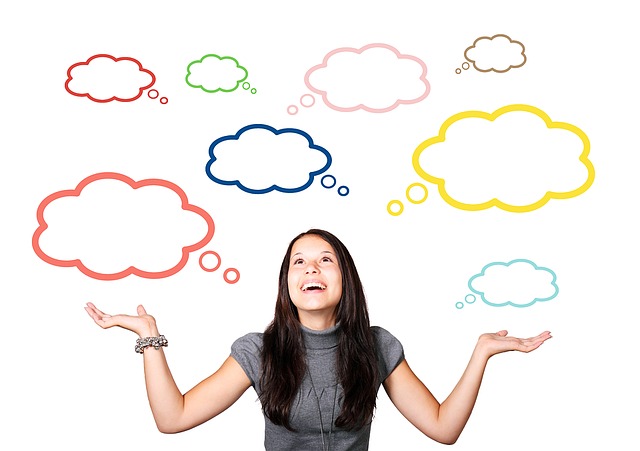
I have to convince myself most of the time to engage in meditation. Even though it can feel relaxing and I tend to feel good after, I don’t always feel like I want to stay still for a period of time.
That’s why exercising and meditation can be more enjoyable. Moving your body helps the mind to better be able to focus at times.
Yet, making it an enjoyable experience depends on your mindset. Too much focus on negative experiences or feelings will distract from your enjoyment.
Focus

If you want to, you can focus on something that brings you joy. Breathe, relax and think about the things that make you happy. One way to do this is to decide on an attribute you’d like to work on.
For example, if you want to compliment others more, during your exercise and meditation allow yourself to keep that idea in your mind.
Then decide if there’s a particular person you have in mind or just people in general, and focus on things you might like about others.
This might bring up past events or future events that haven’t happened. Try your best to think about the present.
If your focusing on becoming aware of how you feel at the present moment you can be present while considering things you like about others.
Make it a Habit
We tend to enjoy things we repeat regularly, that have benefits in our lives. At first, there may not feel like many benefits but keep with it for at least a week.
I would suggest a 15-30 minutes over a week period to become more aware of the benefits of meditation. As you experience
Meditate With Others
There’s nothing like having someone go on a journey with you, to aid in helping you feel supported. Join a group or ask a friend to meditate with you.
Give credit for your
Learn More About Techniques
Since there are various styles of meditation, it might help you to try other meditation techniques. They may give you better results or more joy. Get a book about meditation or take a class.
As you expand your options for ways to meditate your ways to enjoy it will expand as well.
Try a Guided Practice

Set aside about 20 minutes to walk or run. Prepare yourself with shoes and clothing that will be comfortable, so you’ll better be able to meditate. Try finding a place to run that is relatively quiet.
Put on your headphones if you want and listen to meditation music that allows you to be in the present moment. Once you’re ready, get started with exercising at a relaxed pace.
Start with your body. Notice how your feet feel, then your calves, your knees, and so forth all the way up to your head. You can take as long as you feel you want to when focusing on your body.
Notice how you are breathing. You can take a deep breath and notice how it feels. Feel the air go in and out of your lungs. Be present with your breathing as long as you like.
Next, listen to the sound of your shoes on the ground. Listen for your breathing. Listen or feel your heartbeat as you exercise. Take time to notice any other sounds around you.
Start to become aware of your surroundings more. How does the air feel? What is the ground like? Notice the weather patterns. What do you notice to the right? What do you notice to the left? What is in front of you?
Are there any feelings that you’ve noticed as you have focused on different things? What are these feelings?
Do you notice any other sensations?
As you end your exercising review what you noticed and possibly write down what you felt and thought as you were meditating.
Some of the best ideas and solutions to problems come when we are able to let go of the problem for a time and relax and refocus our minds.
5. Different Types of Exercises

One way that may be great for most people to start to meditate is when using a treadmill. It can be very easy to stay focused on meditation since your surrounding are the same while you walk or run.
A treadmill makes it easier to focus because your movement becomes very automatic.
Try swimming. Your auditory senses are usually dampened when swimming making it easier to focus on breathing and settling your mind down.
It might be easier to take it slow and get into a rhythm of swimming to start to become more aware and let go of your thoughts and feelings.
Get on a stationary bike and go for a nice ride. A stationary might be easier, less distracting, and safer than riding a bike on the road. Try staying at one place and let your breathing become steady and your mind calm.
Try yoga. Holding positions in yoga can be helpful
The sensation of mental fatigue and physical fatigue seems to be connected. If you are starting to feel this way, notice your breathing and try to let your mind be free of thoughts. See how calm you can help your mind become.
Go on a hike. When you get out in nature, you’ll start to feel less distracted by home life and can let yourself monitor your thoughts and practice the meditative process of letting go of your thoughts.
As you notice the natural world around you more and more, you’ll likely start to notice fewer thoughts coming up and begin to feel more present.
6. Morning Meditation

While you can meditate at any time during the day, you might want to do your meditative exercise in the morning. Why? Going outside in the morning can signal your body to prepare for healthy sleep patterns when you’re ready for bed.
If you get out in the morning you’re also likely helping yourself get some vitamin D from the sun.
You’ll feel awake, most likely, and in a better mood to start the day.
7. Music Recommendations for Meditation – 10 Albums
Click on one of the albums to check out the type of music it is. You should see an option to listen to the music and see if it’s something that will work for you.
| Product Image | Product Name / Price | Primary Button |
|---|---|---|
|
||
|
||
|
||
Thanks for visiting Helpshoe.com
Additional Questions
What shoes do I wear for Yoga?
Most of the time you’ll want to use a mat and bare feet. But if you’re taking a class, you may feel more comfortable with a pair of thin-soled shoes. Make sure they are very flexible and comfortable.
How can I relax after exercise?
Notice your breathing. Take some deep breaths. Walking to cool down might be necessary to help your heart slow down. Try stretching your muscles soon after you’re are done. A message can be useful for tight muscles or try a warm bath. Try some calming meditation before sleeping.

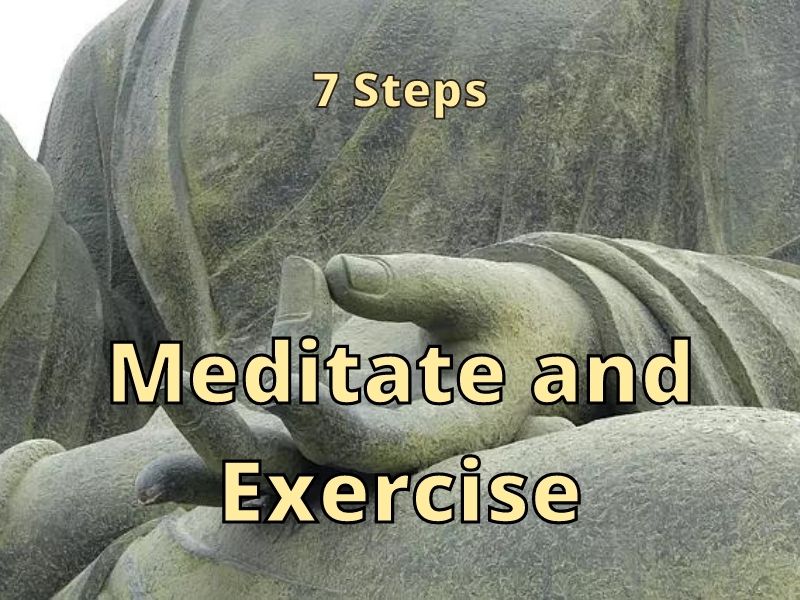



![Cruise (Originally Performed by Florida Georgia Line) [Instrumental Version]](https://helpshoe.com/wp-content/uploads/2023/11/61wbTEgIsL._SL500_.webp)

